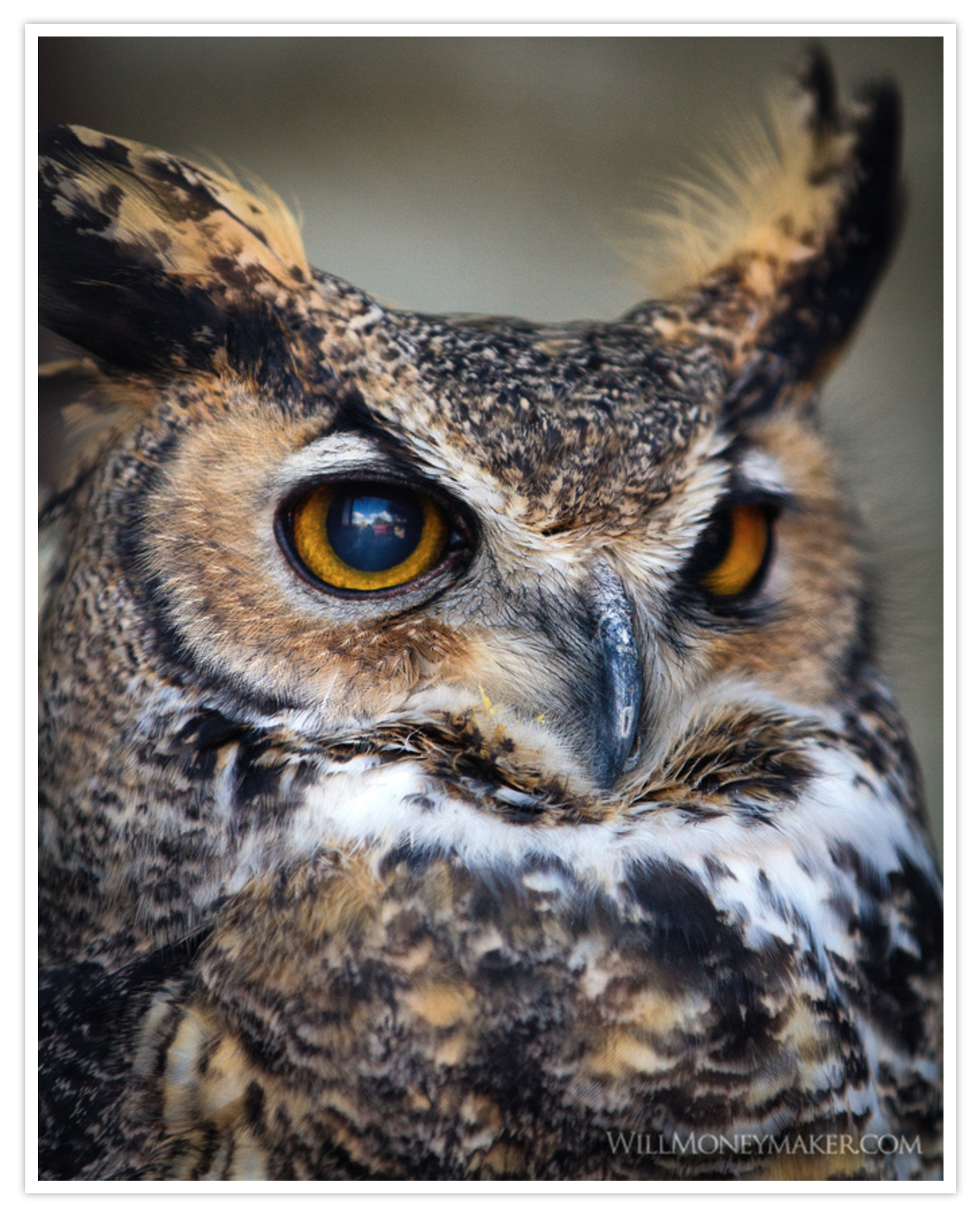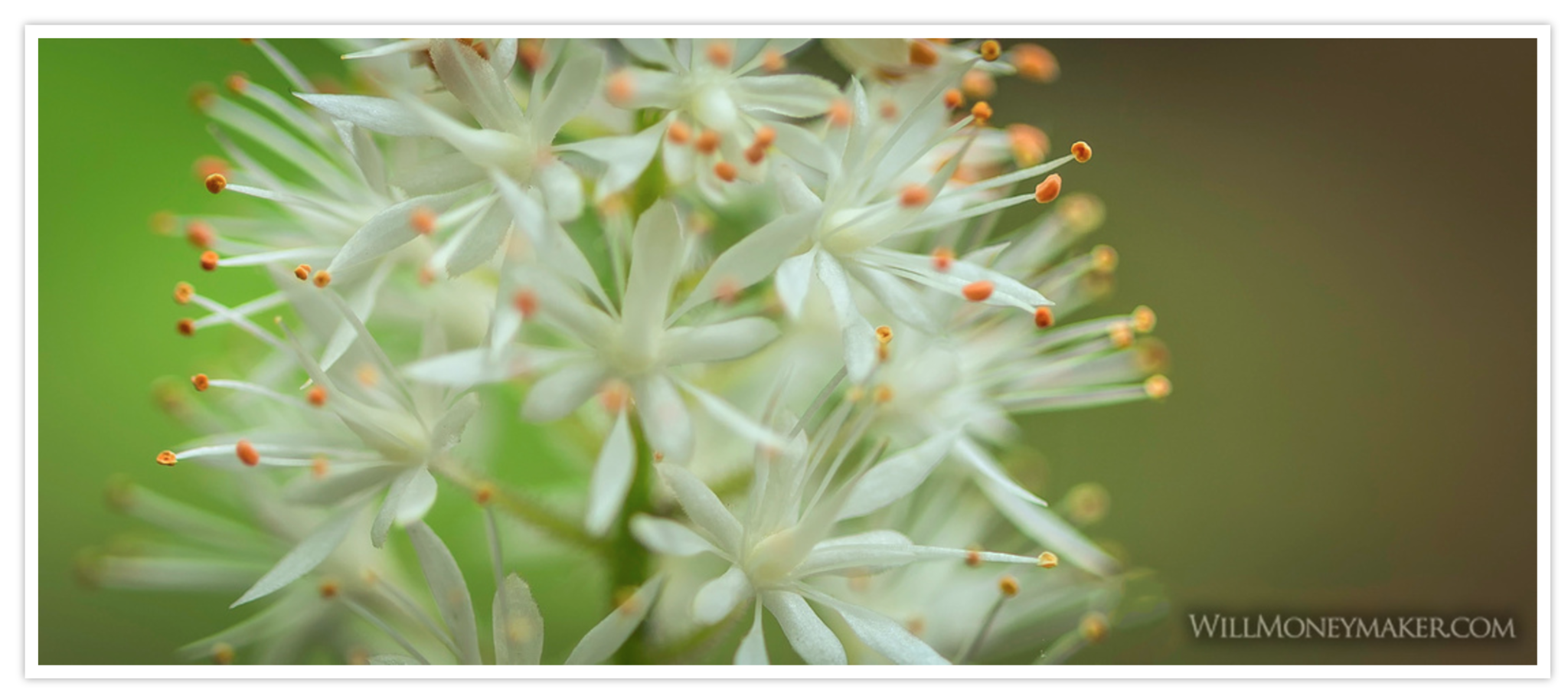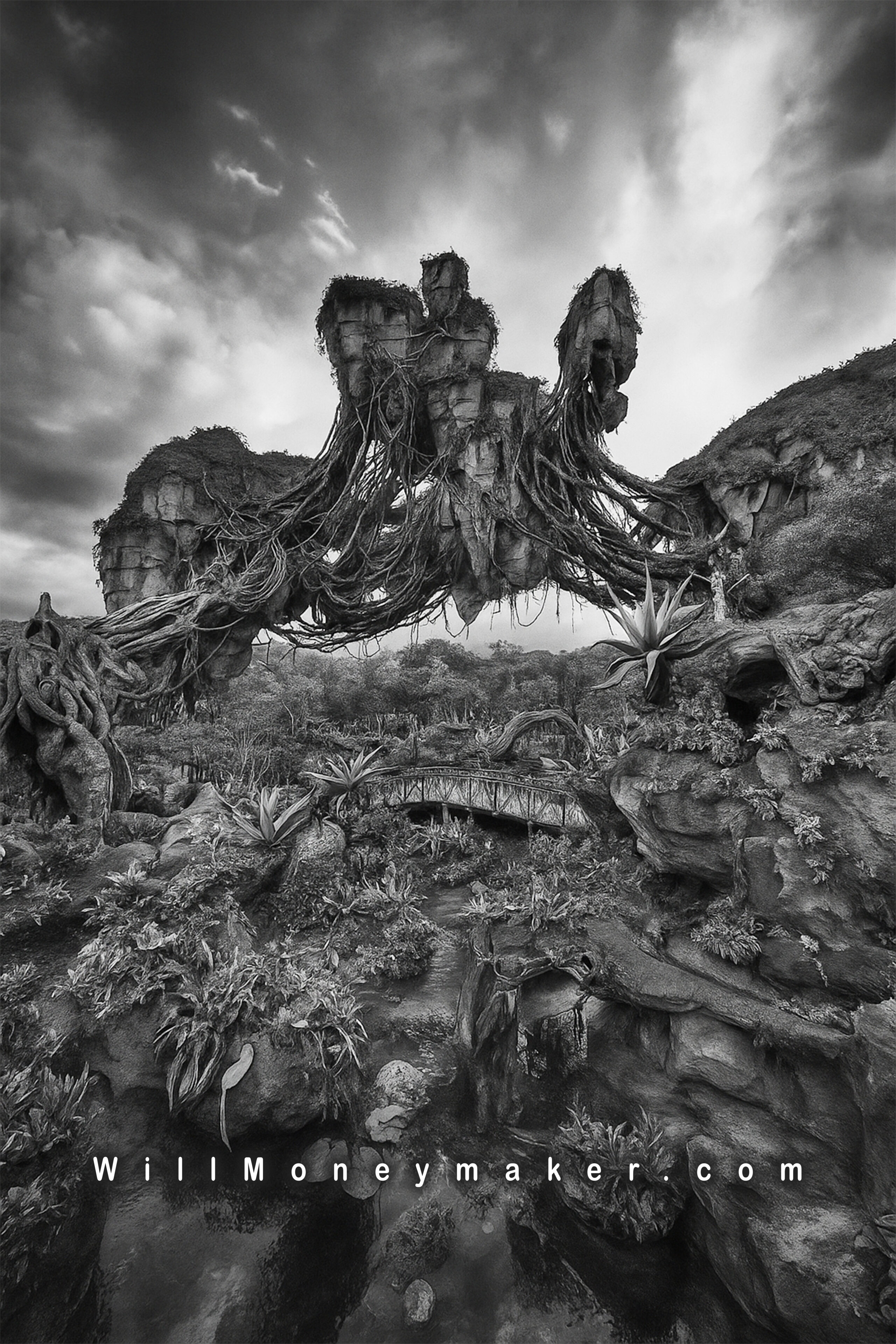In the beginning, photography seems like it’s all about following the rules. The rules of composition, correct exposure, color balances, post-processing — for every facet of this art form, there are sets of guidelines about the things you should and should not do.
However, there always comes a day when, in order to grow as an artist, you need to dispense with the rules. I’ve said it before, and I’ll say it again: The rules of photography are there to teach people how to take good photos, but sometimes in order to make something with a unique twist or something that is entirely new, you need to break those rules in such a way that it makes a better-finished photograph.
This doesn’t mean that we need to throw caution to the wind and abandon everything we’ve ever learned about photography, but it does mean that you can safely flout the rules where and when you feel it’s necessary. I’ll show you some of the things that I’m talking about!
Post Processing
In some circles, things like over-processing, HDR, selective coloring and other effects are frowned upon. Some photographers even view any amount of processing as a bad thing, calling images with minor lighting or contrast corrections “digital art” rather than photographs. In some cases, I’m inclined to agree — selective coloring, for instance, has become such a cliché that even when done well, it doesn’t always make a powerful statement.
However, this doesn’t mean that you should never create an “over-processed” image or that you should never dabble in things like HDR and selective coloring. If a particular image would truly benefit from added noise, increased saturation or something else, then, by all means, break the rules and do whatever it takes to produce the image you truly want.
 Unbalancing Your Exposures
Unbalancing Your Exposures
Early on, you learn that a balanced histogram is the right way to go — no details should be lost to shadow, and highlights shouldn’t be blown out. Again, in many cases, this is the correct thing to do. In other instances, though, you’ll find that deep blacks add mystery or even an uneasy feeling to a photograph. And, sometimes black backgrounds are the perfect way to set off your subject.
In the same way, blown-out highlights don’t add anything to most photos. They can make skies feel flat and dull and they can obscure details or make distant objects seem fuzzy. Other times, however, overexposure is exactly what you need to give an image a bright, airy, almost fantastical feeling.
Lighting, Lens and Film Flaws
Sun flares, light leaks and other issues with lighting are something that photographers will do almost anything to avoid. However, while some photographers will spend boatloads of money on quality equipment to get photos just right, others will spend that same amount of cash on leaky old cameras, old and broken lenses and expired film to do just the opposite.
When it comes to flaws, whether it’s weird colors caused by expired film or rainbow-hued lens flares, the decision shouldn’t be based on whether it is right or wrong, but on your own artistic vision. As you take photos, it’s up to you to decide whether flaws are a creative addition or a distraction.
 Color Balance
Color Balance
Color balance is one of those rules that comes naturally. On a warm, sunny summer afternoon, you’ll tend towards images with warm tones, while frosty images of snow tend to be a blend of cool whites, blues, and grays. However, this doesn’t have to be so. If you take that same snowy image and replace the blue cast with something warmer, the feeling goes from frosty to cheerful. By cooling down warm images, you could achieve any number of things, from an old-fashioned look to something that feels distant and remote.
As you learn more and more, you’ll find that technically perfect images aren’t always the best images. Even if some would tell you that a particular technique or effect is wrong, go with your instinct and do what you feel is right.
Now go and enjoy the beauty of God’s creation through your lens.




